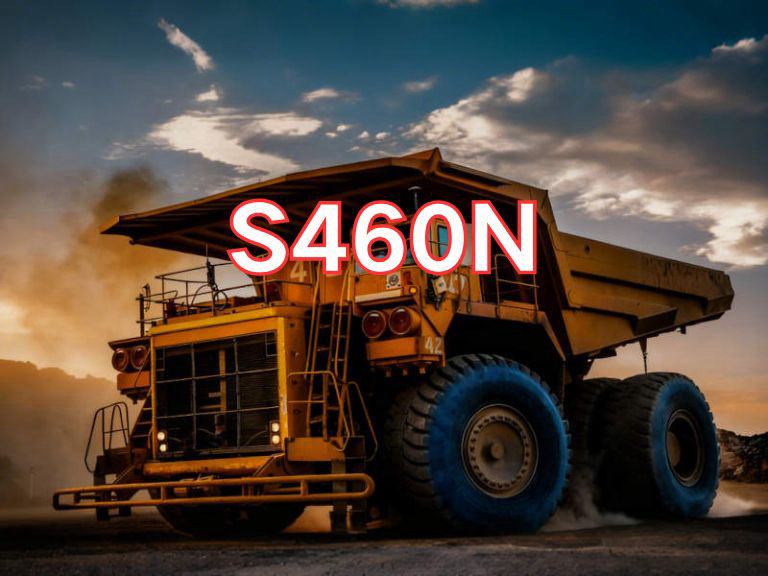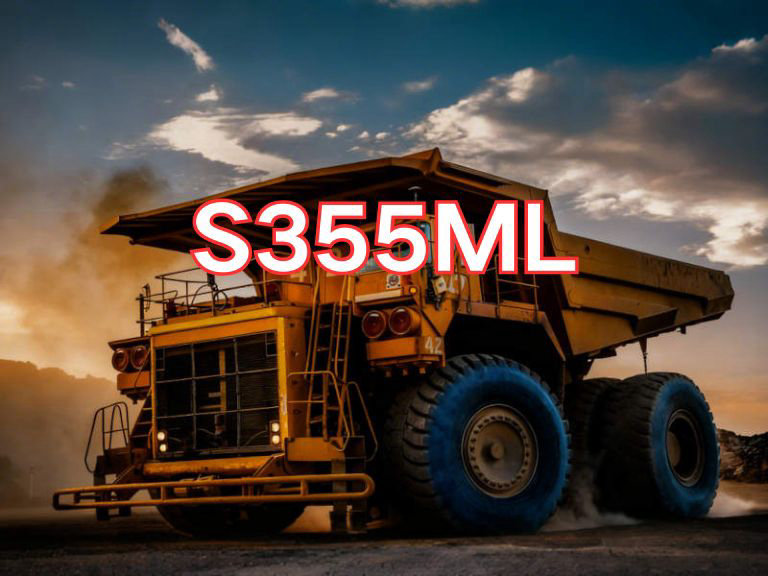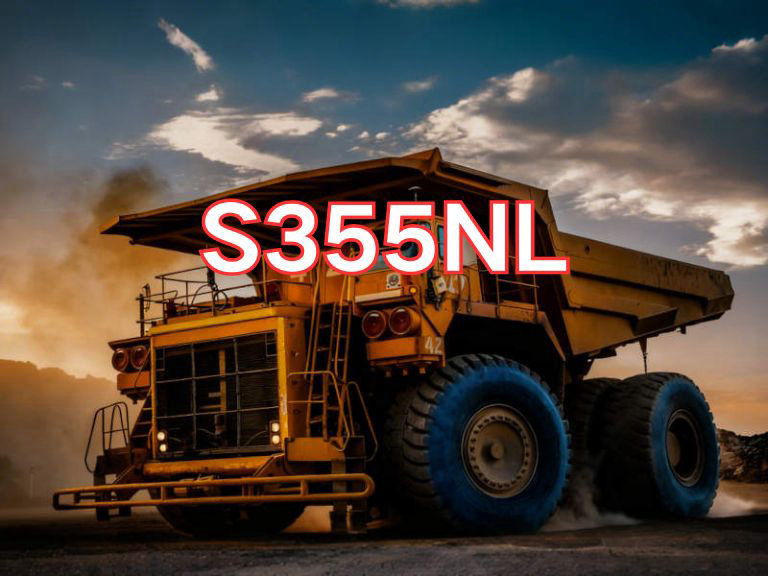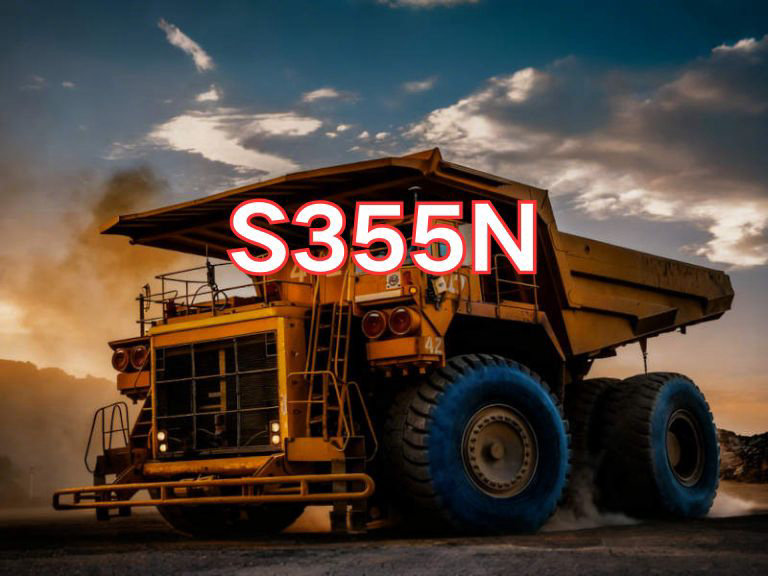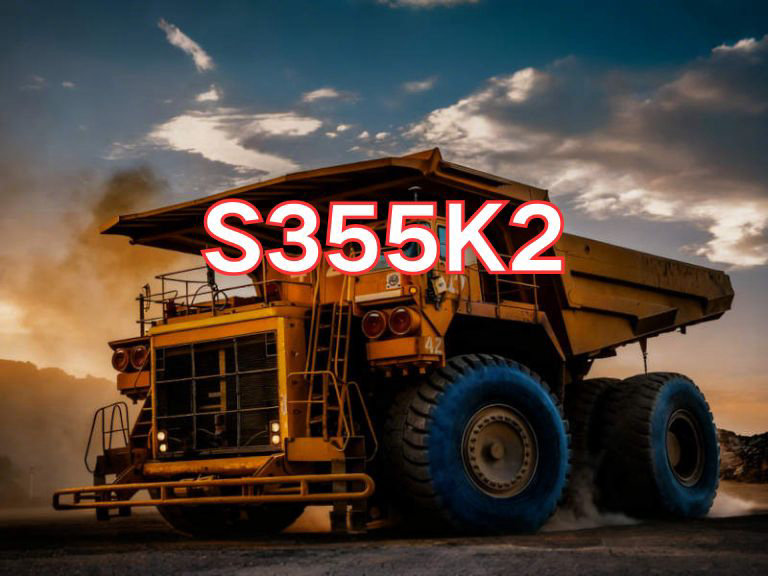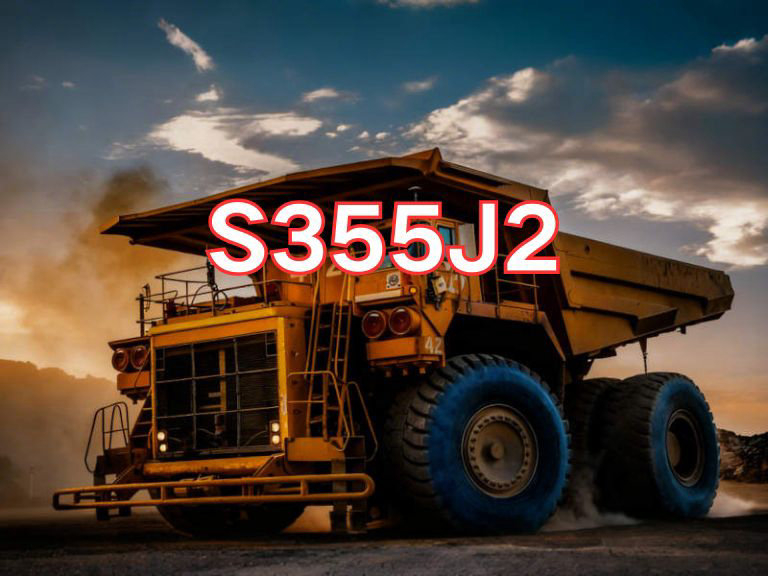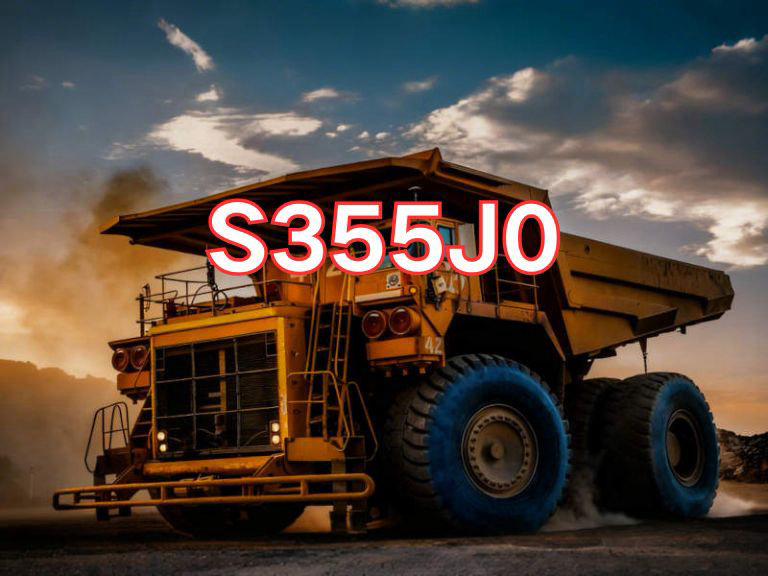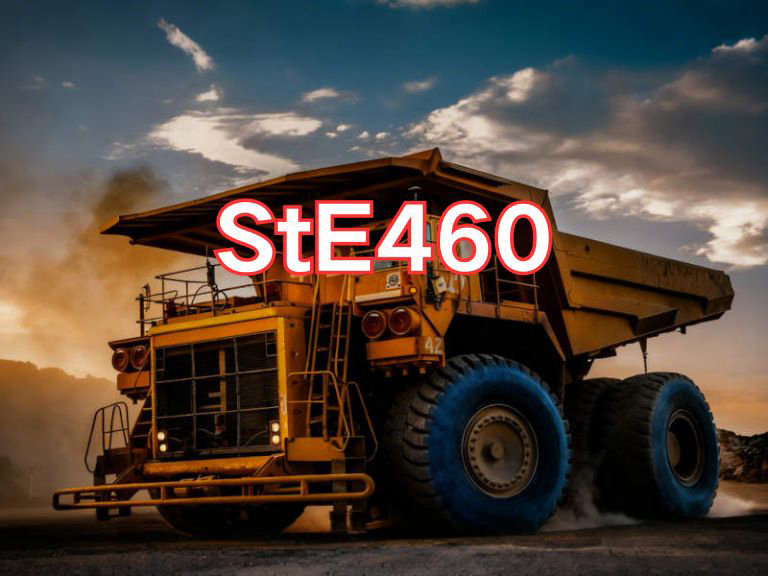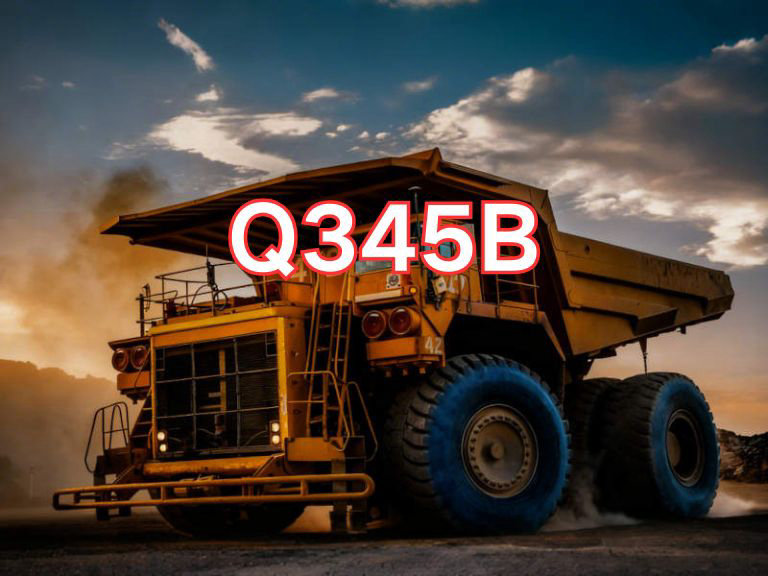

Q345B
Q345B is a common low-alloy high-strength structural steel plate widely used in China. Its designation indicates a minimum yield strength of 345 MPa. The letter 'B' signifies its quality grade. This steel offers good comprehensive mechanical properties, including strength, toughness, and excellent weldability, making it a fundamental material for various construction and engineering projects.
Grade Designation
The grade "Q345B" is designated according to the Chinese National Standard GB/T 1591:
Q: The first letter of the Chinese word "Qu" , meaning "Yield Strength".
345: Represents the minimum yield strength value in MPa (≥ 345 MPa) for thicknesses ≤16mm.
B: Signifies the quality grade, which primarily dictates the Charpy impact test temperature (20°C for Grade B) and maximum permissible levels of phosphorus (P) and sulfur (S).
Physical Properties
| Thickness(t) mm | Yield Strength MPa ≥ | Ultimate Tensile Strength (UTS) MPa | Elongation after Fracture (A) % ≥ | Impact Test Temp./ Energy (KV2) |
|---|---|---|---|---|
| t ≤ 16 | 345 | 470 - 630 | 21 | 20℃, ≥34J |
| 16 < t ≤ 40 | 335 | 470 - 630 | 21 | 20℃, ≥34J |
| 40 < t ≤ 63 | 325 | 470 - 630 | 20 | 20℃, ≥34J |
| 63 < t ≤ 80 | 315 | 470 - 630 | 20 | 20℃, ≥34J |
| 80 < t ≤ 100 | 305 | 450 - 630 | 20 | 20℃, ≥34J |
| 100 < t ≤ 150 | 285 | 450 - 630 | 19 | 20℃, ≥34J |
| 150 < t ≤ 200 | 275 | 450 - 630 | 19 | 20℃, ≥34J |
Chemical Composition (Per GB/T 1591, wt%)
| Element | Requirements (%) | Element | Requirements (%) |
|---|---|---|---|
| Carbon (C) | ≤ 0.20 | Vanadium (V) | ≤ 0.15 |
| Silicon (Si) | ≤ 0.50 | Titanium (Ti) | ≤ 0.20 |
| Manganese (Mn) | ≤ 1.70 | phosphorus (P) | ≤ 0.030 |
| Niobium (Nb) | ≤ 0.060 | Sulfur (S) | ≤ 0.025 |
| Chromium (Cr) | ≤ 0.30 | Nitrogen (N) | ≤ 0.012 |
| Nickel (Ni) | ≤ 0.50 | Carbon Equavilent (CEV) | ≤ 0.44 (t≤63mm) |
| Copper (Cu) | ≤ 0.30 | Crack Susceptibility Index (Pcm) | ≤ 0.25 |
Carbon Equivalent (CEV) and Pcm: These two indices are used to evaluate the weldability of steel. The lower the value, the better the welding performance and the lower the tendency to develop cold cracks.
Application Fields
Q345B is primarily used in static structures requiring higher strength than mild carbon steel (Q235), such as:
Building Structures: Frames, beams, columns, and reinforcements in high-rise buildings, factories, and stadiums.
Bridges: Components of medium and short-span bridges.
Heavy Machinery: Structural parts for construction machinery, mining equipment, and vehicles.
Other Structures: Transmission towers, offshore platforms, storage racks, and shipping containers.
Important Note: Q345B is generally NOT used for pressure vessels. For pressurized applications, the special quality steel Q345R (where 'R' stands for 'Vessel') is required due to its stricter controls on composition, mechanical properties, and mandatory non-destructive testing.
Testing & Production Methods
Production Method: Typically produced via basic oxygen furnace or electric arc furnace melting, often followed by secondary refining. It is commonly delivered in the hot-rolled (HR), controlled rolled, or normalized (N) state.
Testing Requirements: Key tests include:
Mechanical Properties: Tensile test (yield strength ReL, tensile strength Rm, elongation A). Impact toughness is specified for Grade B (Charpy V-notch impact test at 20°C).
Bend Test: To assess formability.
Non-Destructive Testing: Not routinely required by the standard unless specified in the purchase contract (unlike Q345R, which mandates ultrasonic testing).
Corresponding or Similar International Grades
European Standard (EN):
S355JR (EN 10025-2): This is the most direct European equivalent. It has a similar minimum yield strength (355 MPa for t≤16mm) and specifies a Charpy impact test at room temperature (20°C).
U.S. Standard (ASTM):
ASTM A572 Gr. 50: This grade (min yield 345 MPa / 50 ksi) is a common US equivalent for structural applications. Note that impact test requirements are not inherent to this grade and must be specified separately.
International / Other:
JIS SM490YB (Japanese Standard): A similar structural steel grade.
Disclaimer: While these grades are functionally similar and often interchangeable for many structural applications, they are not exact equivalents. Critical differences exist in chemical composition limits, precise impact energy values, and mandatory delivery conditions. Direct substitution for a specific design must be verified by a qualified engineer against the governing design code and material standard.
In the current standard GB/T1591-2018, the Q345 steel grade has been replaced by Q355. The most noticeable difference is the change in manganese (Mn) content in Q355, which has been adjusted from the original 1.0–1.60 to ≤1.60, eliminating the lower limit requirement. Recent scientific findings indicate that Mn content is no longer a determining factor for the strength and mechanical properties of steel.

Ultrasonic Testing (UT)
A key non-destructive testing technique that uses high-frequency sound waves to detect internal flaws in steel plates. The probe emits sound waves, which reflect when encountering defects such as cracks or inclusions. The receiver captures the echoes, enabling precise determination of defect location and size. With high sensitivity, strong penetration, and fast inspection speed, UT effectively ensures internal quality, widely used in the production of heavy plates, pressure vessel plates, and other high-end products to guarantee safety and reliability.

Magnetic Particle Testing (MT)
A common surface inspection method that magnetizes the workpiece, causing leakage magnetic fields at surface or near-surface defects like cracks or inclusions, which attract magnetic particles to form visible indications. Simple to operate and highly sensitive, MT is suitable for rapid inspection of surface and near-surface flaws in ferromagnetic materials, widely used for online or offline inspection of plate edges, ends, and welds, ensuring product quality and safety.

Penetrant Testing (PT)
A non-destructive method for detecting surface-breaking flaws. A penetrant liquid is applied to the cleaned steel surface, allowing it to seep into defects such as cracks or pores. After removing excess penetrant, a developer is applied, causing the trapped penetrant to bleed out and form visible indications. Simple and cost-effective, PT is suitable for inspecting surface defects in various non-porous materials, commonly used for welds, castings, and complex components, effectively ensuring surface quality of steel plates.


